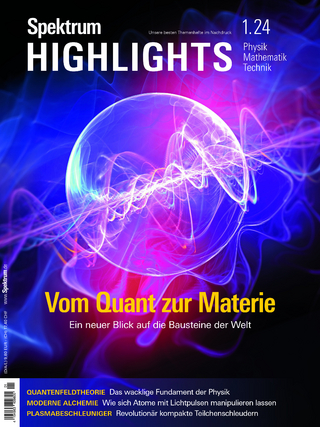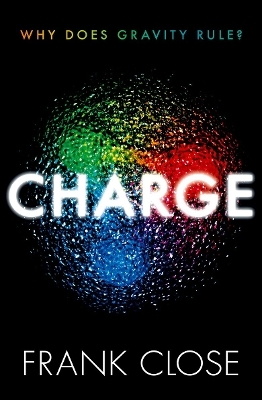
First Workshop on Grand Unification
Birkhauser Boston Inc (Verlag)
978-1-4684-6905-9 (ISBN)
Welcome.- The New Frontier.- Grand Unified Theories Without Superheavy Magnetic Monopoles.- Symmetry Breaking Patterns for Unitary and Orthogonal Groups.- The Limits on Unstable Heavy Particles.- Symmetry Breaking Patterns in E6.- Charge Conjugation and its Violation in Unified Models.- Baryon and Lepton Non-Conservation, Majorana Neutrinos and Neutron % MathType!MTEF!2!1!+-
% feaagaart1ev2aaatCvAUfeBSjuyZL2yd9gzLbvyNv2CaerbuLwBLn
% hiov2DGi1BTfMBaeXatLxBI9gBaerbd9wDYLwzYbItLDharqqtubsr
% 4rNCHbGeaGqiVu0Je9sqqrpepC0xbbL8F4rqqrFfpeea0xe9Lq-Jc9
% vqaqpepm0xbba9pwe9Q8fs0-yqaqpepae9pg0FirpepeKkFr0xfr-x
% fr-xb9adbaqaaeGaciGaaiaabeqaamaabaabaaGcbaaeaaaaaaaaa8
% qacaaIOaWexLMBbXgBd9gzLbvyNv2CaeHbafKCPfgBGuLBPn2BKvgi
% nnfaiuaacaWFobGaa8hLHmaanaaabaGaa8NtaaaacaaIPaaaaa!4610! $$ (N /leftrightarrow /overline N ) $$ Oscillations.- Possible Energy Scales in the Desert Region.- The Fate of Global Conservation Laws in Grand Unified Models.- Quark-Lepton Unification and Proton Decay.- Evidence For Neutrino Instability.- Review of Neutrino Oscillation Experiments.- The Irvine-Michigan-Brookhaven Nucleon Decay Facility: Status Report on a Proton Decay Experiment Sensitive to a Lifetime of 1033 Years and a Long Baseline Neutrino Oscillation Experiment Sensitive to Mass Differences of Hundredths of an Electron Volt.- A Search for Baryon Decay: Plans for the Harvard-Purdue-Wisconsin Water Cerenkov Detector.- Possibilities of Experiments to Measure Neutron-Antineutron Mixing.- The Search for Neutrino Oscillations: Present Experimental Data and Future Experiments.- Neutrinos in Cosmology—Good Nus from the Big Bang.- Big Bang Baryosynthesis.- Some Comments on Massive Neutrinos.- Supergut.- Fermion Masses in Unified Theories.- The Soudan Mine Experiment: A Dense Detector for Baryon Decay.-The Homestake Mine Proton Decay Experiment.- A Modest Appeal to SU(7).- Vertical-Horizontal Flavor Grand Unification.- Neutrino Fluctuat Nec Mergitur: Are Fossil Neutrinos Detectable?.- Expectations for Baryon and Lepton Nonconservation.- Program.- Organizing Committee.- List of Participants.
| Reihe/Serie | Lie groups ; 11 |
|---|---|
| Zusatzinfo | 10 Illustrations, black and white; X, 372 p. 10 illus. |
| Verlagsort | Secaucus |
| Sprache | englisch |
| Maße | 152 x 229 mm |
| Themenwelt | Naturwissenschaften ► Physik / Astronomie ► Hochenergiephysik / Teilchenphysik |
| Naturwissenschaften ► Physik / Astronomie ► Quantenphysik | |
| Naturwissenschaften ► Physik / Astronomie ► Theoretische Physik | |
| Naturwissenschaften ► Physik / Astronomie ► Thermodynamik | |
| ISBN-10 | 1-4684-6905-3 / 1468469053 |
| ISBN-13 | 978-1-4684-6905-9 / 9781468469059 |
| Zustand | Neuware |
| Haben Sie eine Frage zum Produkt? |
aus dem Bereich


